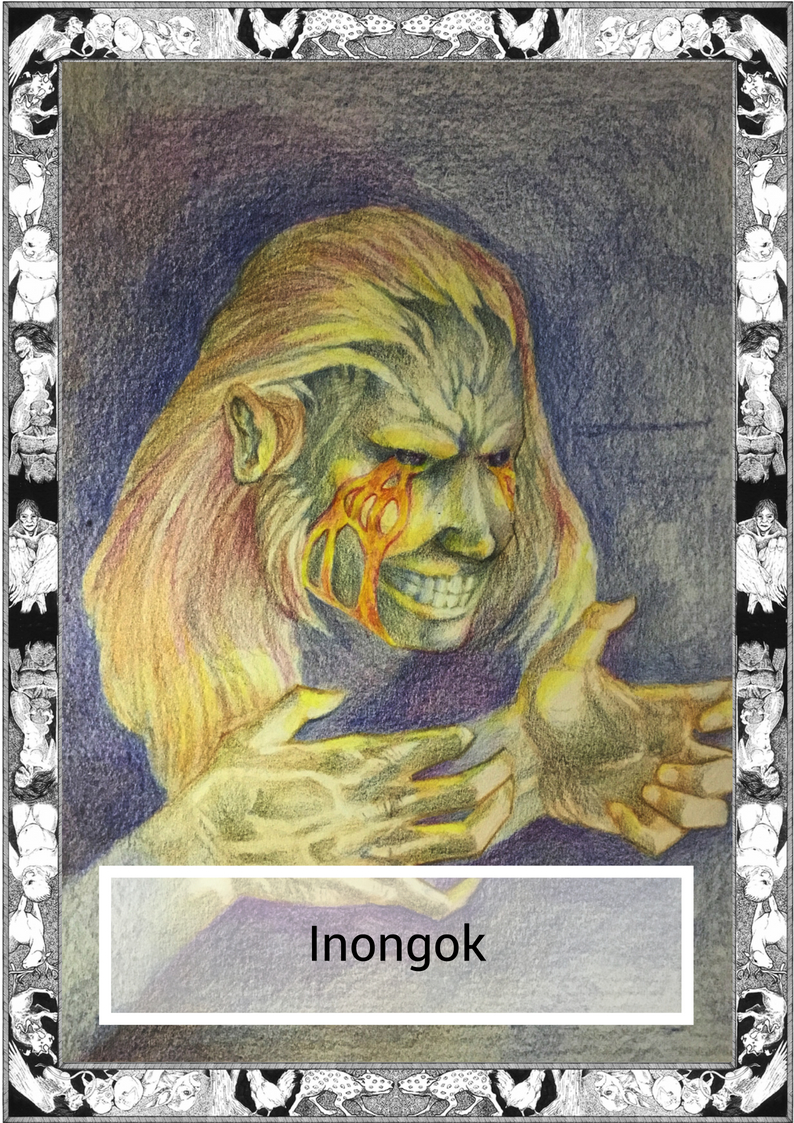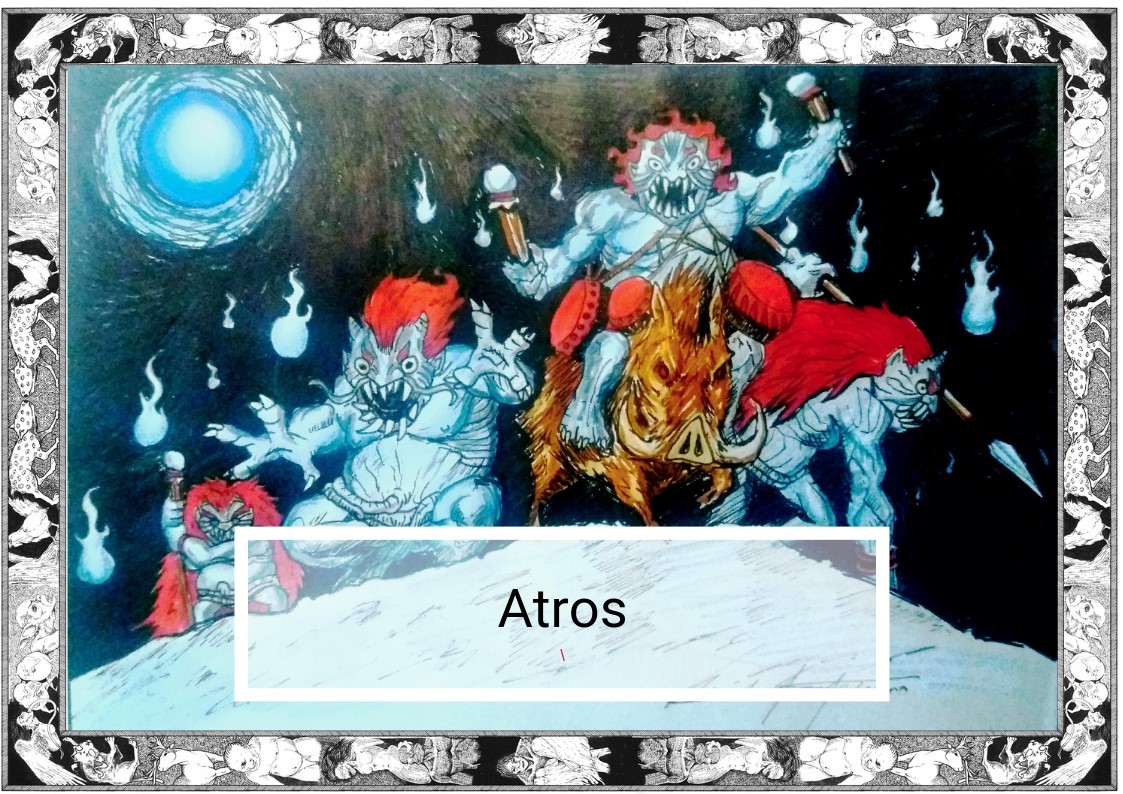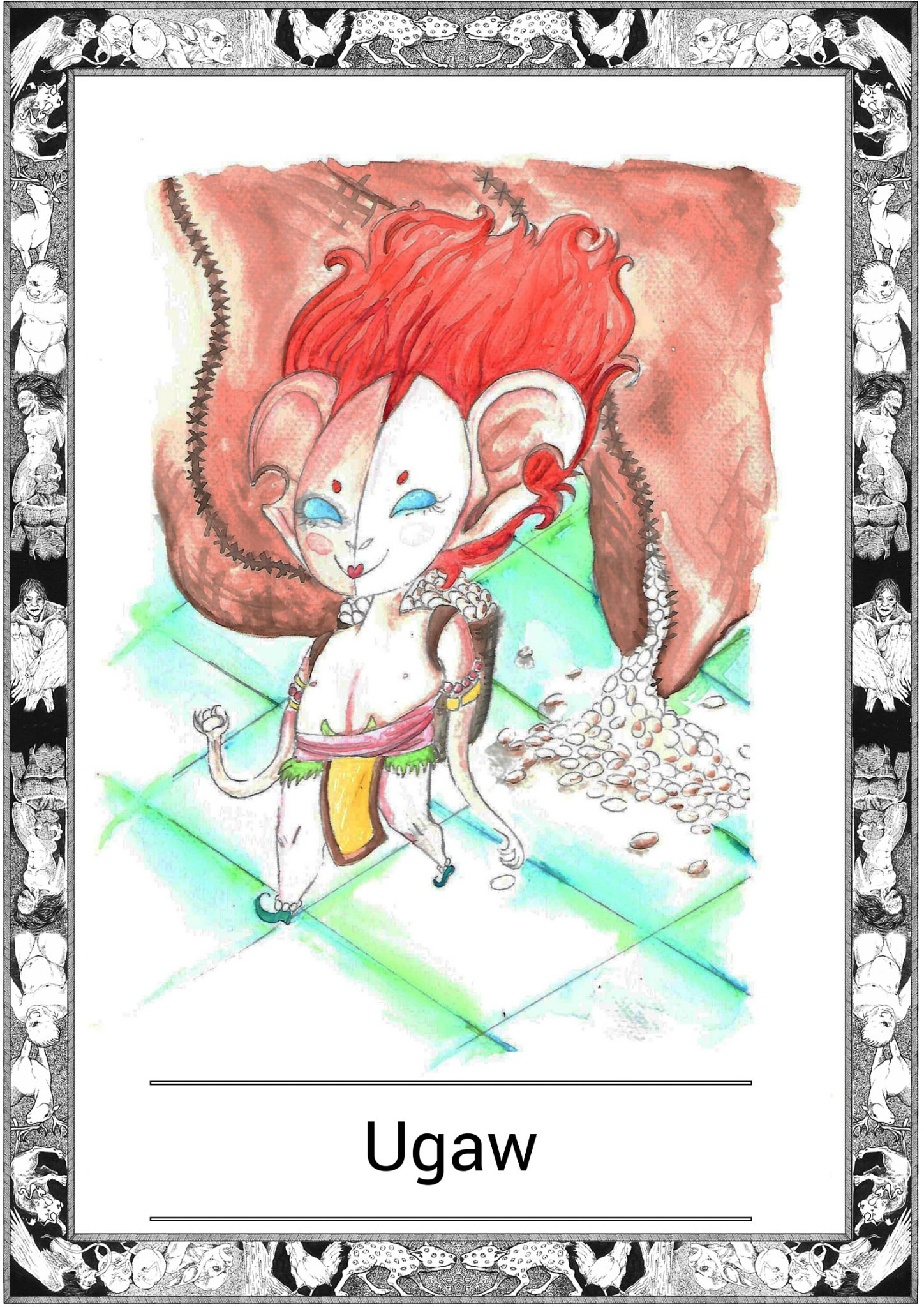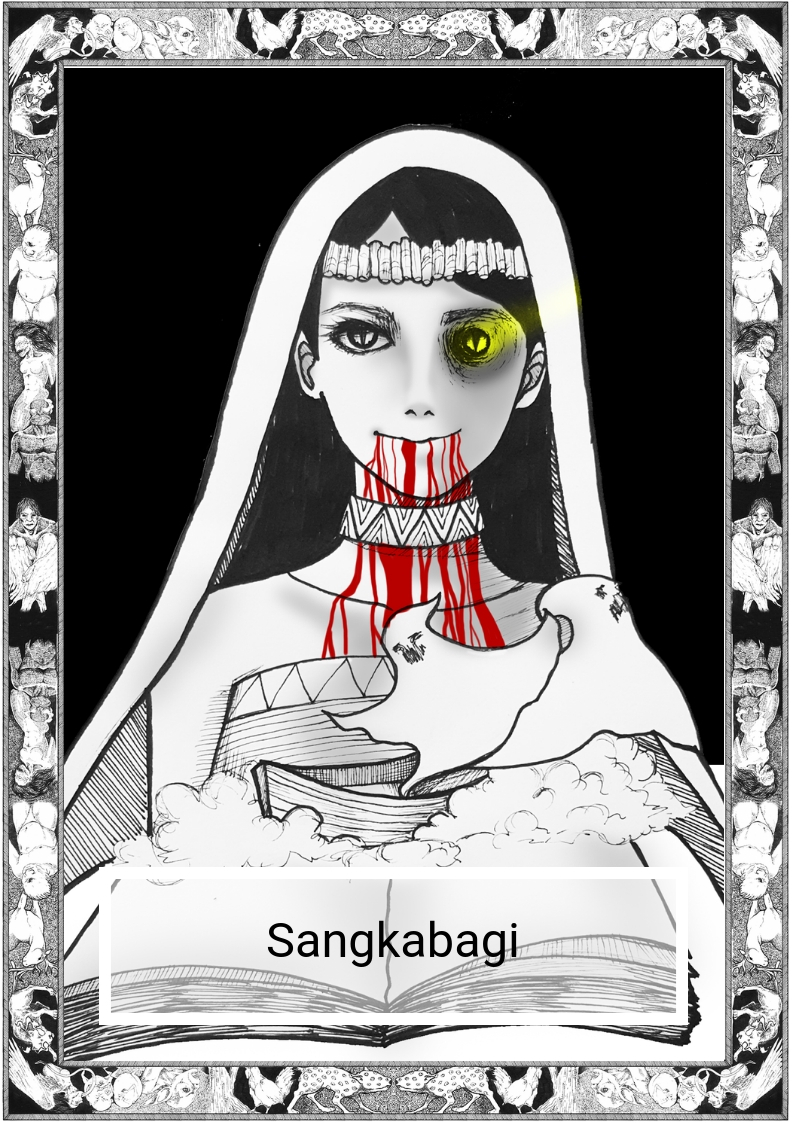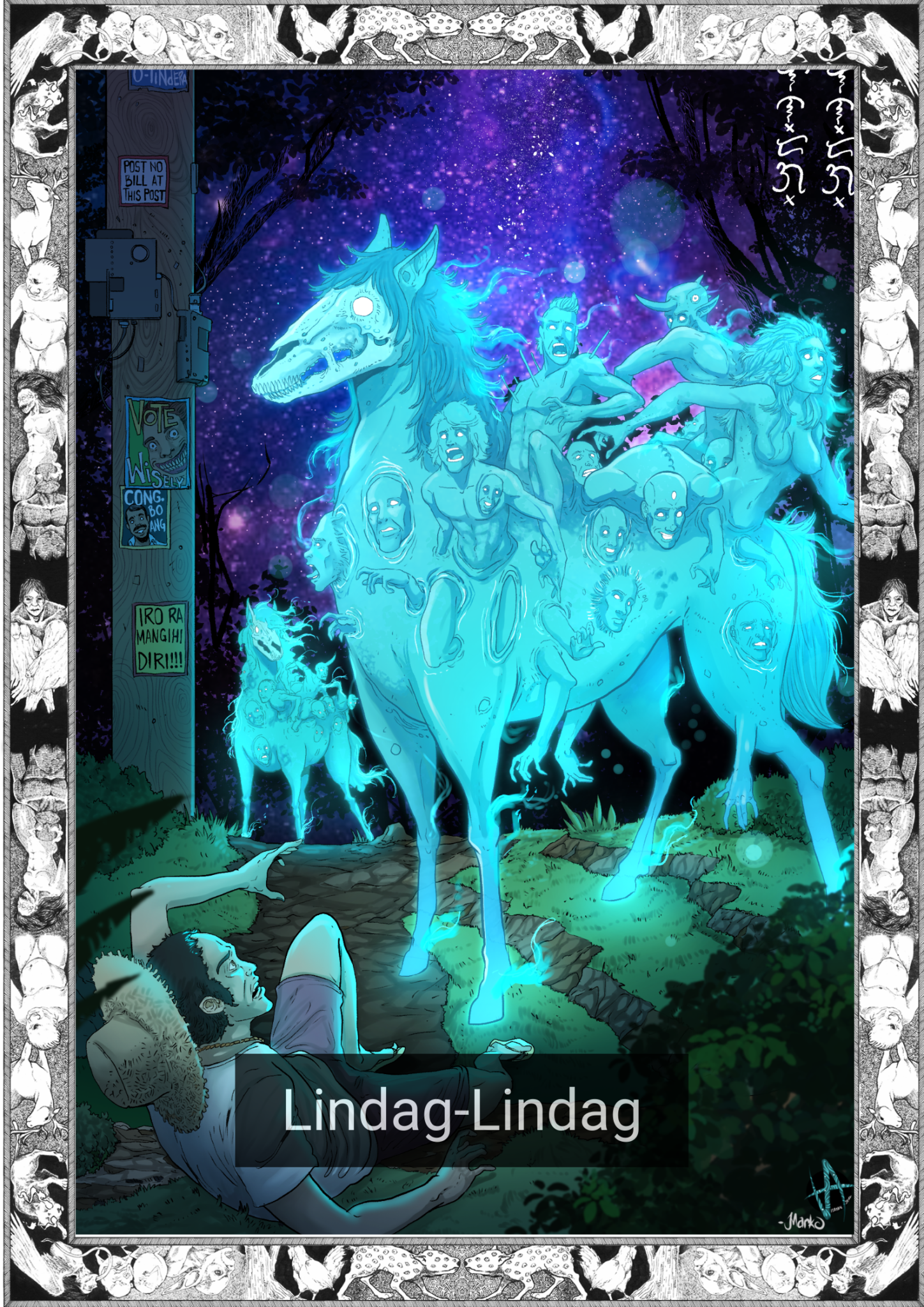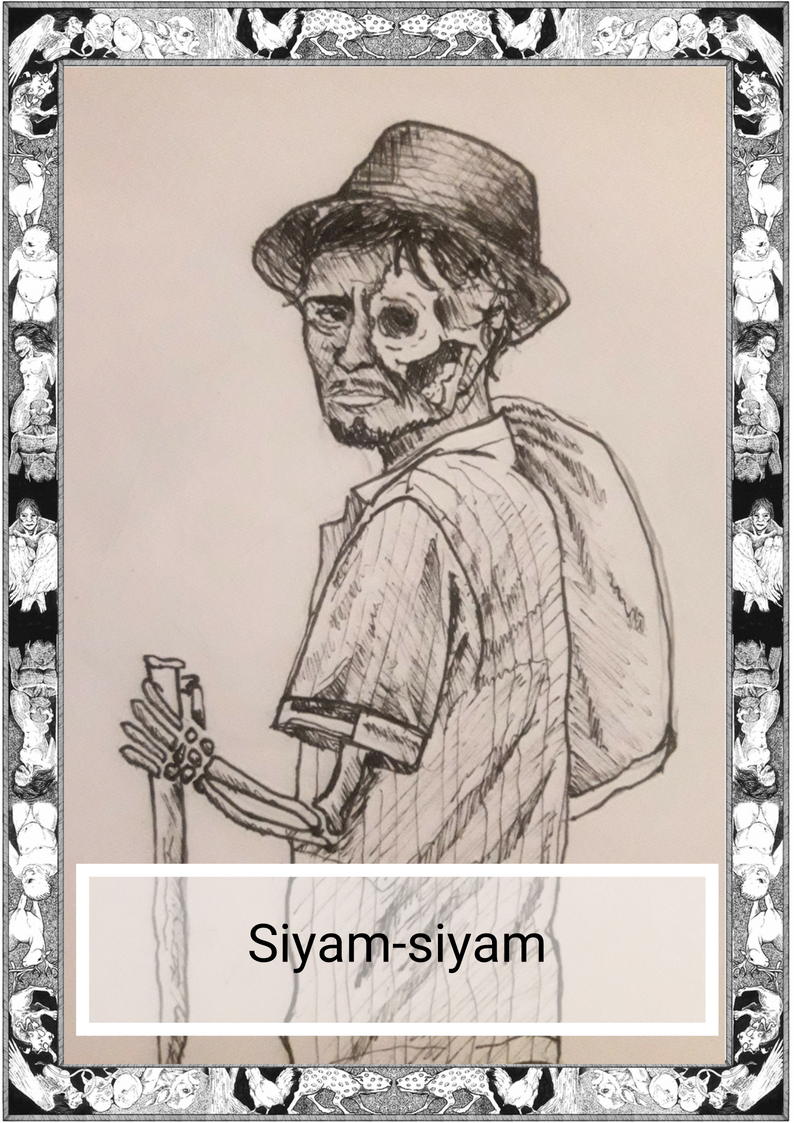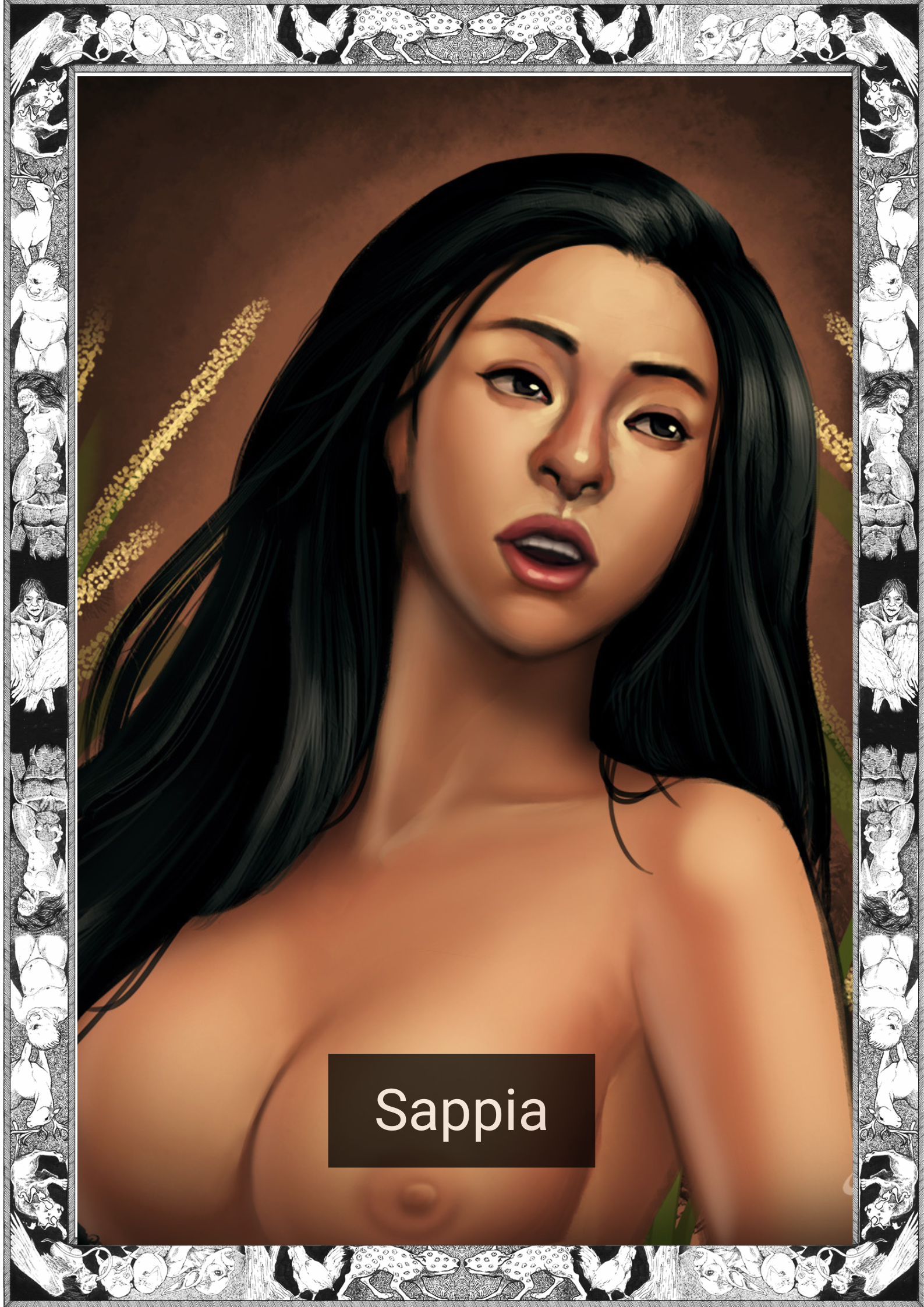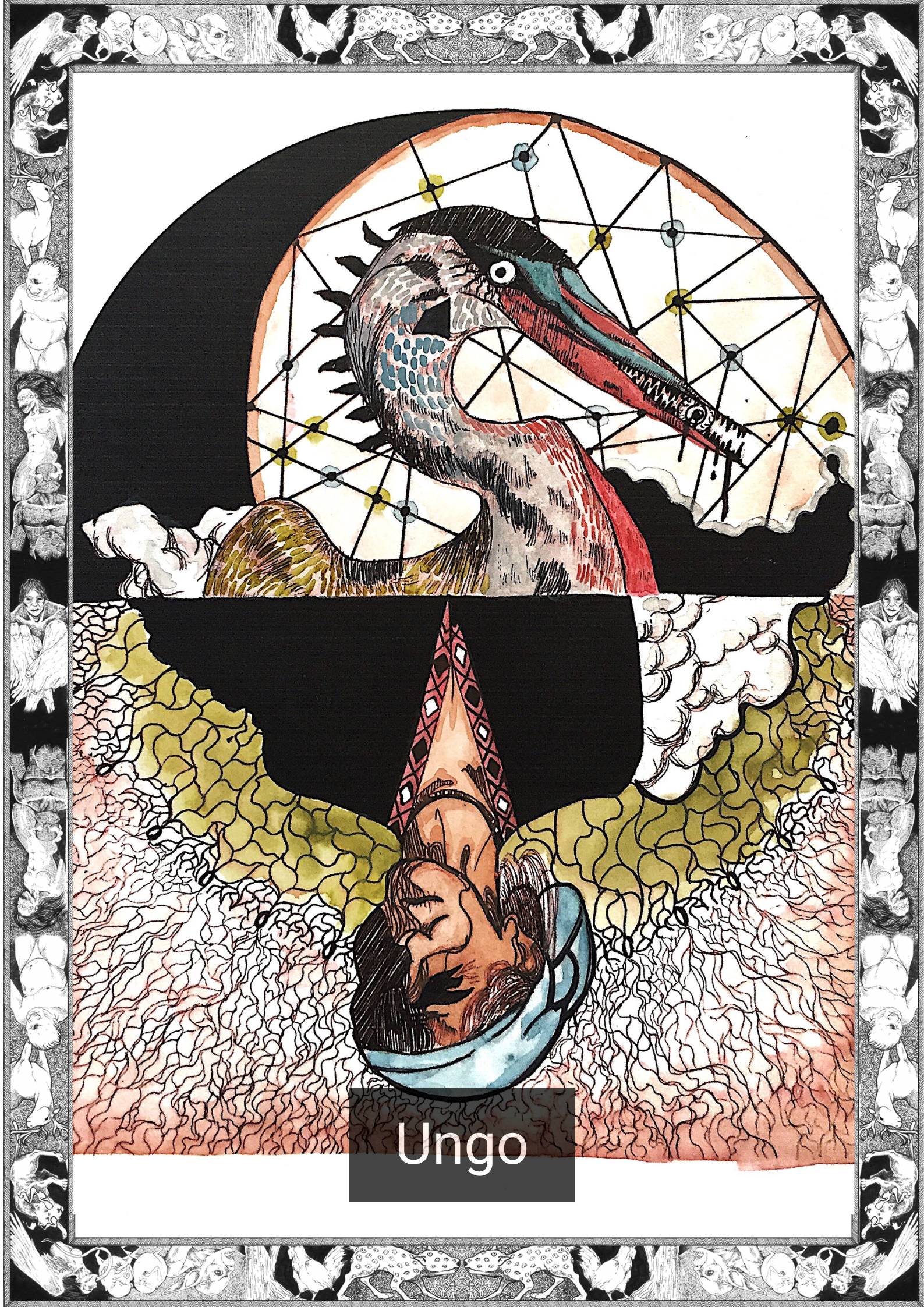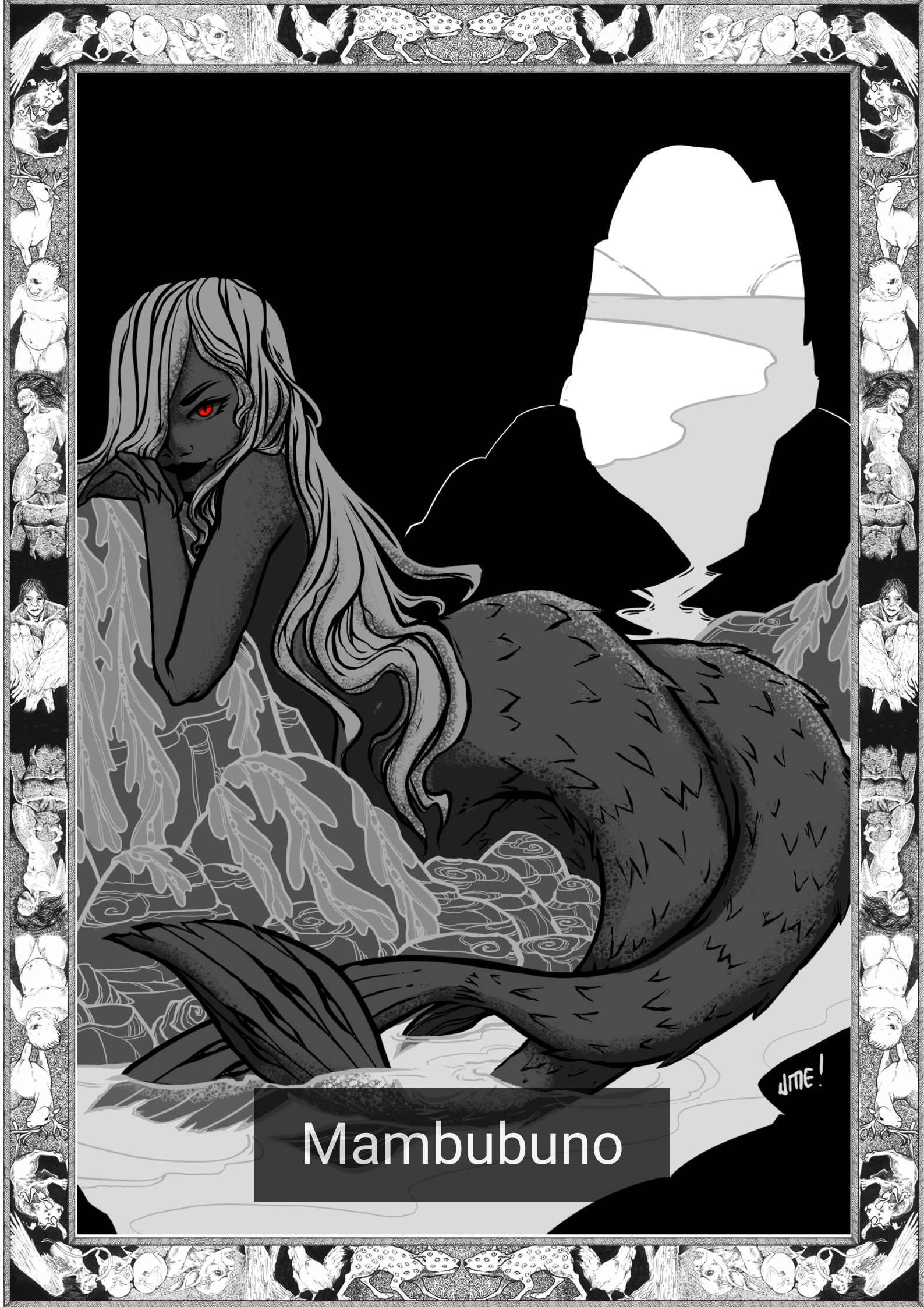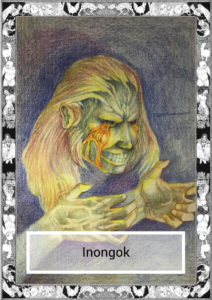
*Note this story is in Cebuano
Mangiob niadtong gabhiuna nga nakita ko siya
Ang usa ka tawo nga nagluha ug kalayo
Giduol ko siya ug gipangutana’g ngano?
Nagdanguyngoy ba siya sa kasubo?
O kaligutgot?
Apan wala siya mutubag.
Sa pagpadayon ko’g pangutana
Mas nidaghan usab ang kalayo nga nidagayday gikan sa iyang mga mata
Ug ako nakahuna-huna
Nagtuo ba kini nga ako nahadlok kaniya?
Sa nagbaha niyang mga makalayo
Ngitngit ang langit niadtong taknaa
Ug wala akoy nakuha nga tubag gikan kaniya
Iya akong giabog pahilayo kaniya
Apan, gusto nakong masayod.
Adunay nagkadaiyang klase sa kasubo,
Nagkadaiyang klase sa kasuko,
Ug nakadaiyang klase sa kalipay.
Milantaw siya kanako nga itom ug mugto ang iyang mga mata
Samtang nagatulo ang kalayo sa yuta
Nagadanguyngoy siya sa dugay nang panahon
Hangtod nga ang kahayag mibiya na sa kalibutan
Ug sa usa ka pitik, siya nawagtang
Samtang nagpabilin ang lin-aw nga marka
Usa ka pamatuod kaniya.
Ug ugma mubalik ako puhon
Ug sa gabii sunod niana
Aron pangutan-on pag-usab ang tawo nga nagsagmuyo
Ug unsay hinungdan likod sa iyang mga luha.
=————————=
English Version
It was a moonless night when I saw him
The man who cried fire
I went up to him and asked why
Were they tears of sadness?
Or anger?
He did not reply
The more I asked
The more fire fell from his eyes
And I began to wonder
Does he think I am frightened?
By the pool of glittering red
By the darkness of the night sky
He would not give me an answer
And sought to push me away
But I needed to know
There were different kinds of sadness
Different kinds of anger
And maybe even different kinds of joy
He looked at me with his jet black eyes
Pouring flames onto the ground
He wept for several eternities
Until the light broke from the horizon
And in an instant he was gone
With only a puddle of red
As evidence of his passing
Tomorrow I will return
And the night after that
To ask the crying man
What is behind his tears
=——————————-=
*The Cebuano language, alternatively called Cebuan and also often colloquially albeit informally referred to by most of its speakers simply as Bisaya (“Visayan”, not to be confused with other Visayan languages nor Brunei Bisaya language), is an Austronesian regional language spoken in the Philippines by about 21 million people, mostly in Central Visayas, western parts of Eastern Visayas and most parts of Mindanao, most of whom belong to various Visayan ethnolingusitic groups, mainly the Cebuanos. It is the by far the most widely spoken of the Visayan languages, which are in turn part of wider the Philippine languages. The reference to the language as Bisaya is not encouraged anymore by linguists due to the many languages within the Visayan language group that may be confused with the term.
Written by Karl Gaverza
Cebuano Translation by Anelyne Ruflo
Copyright © Karl Gaverza
Translation Copyright © Anelyne Ruflo
Inongok Illustration by Joshua Hamangal
IG: https://www.instagram.com/
